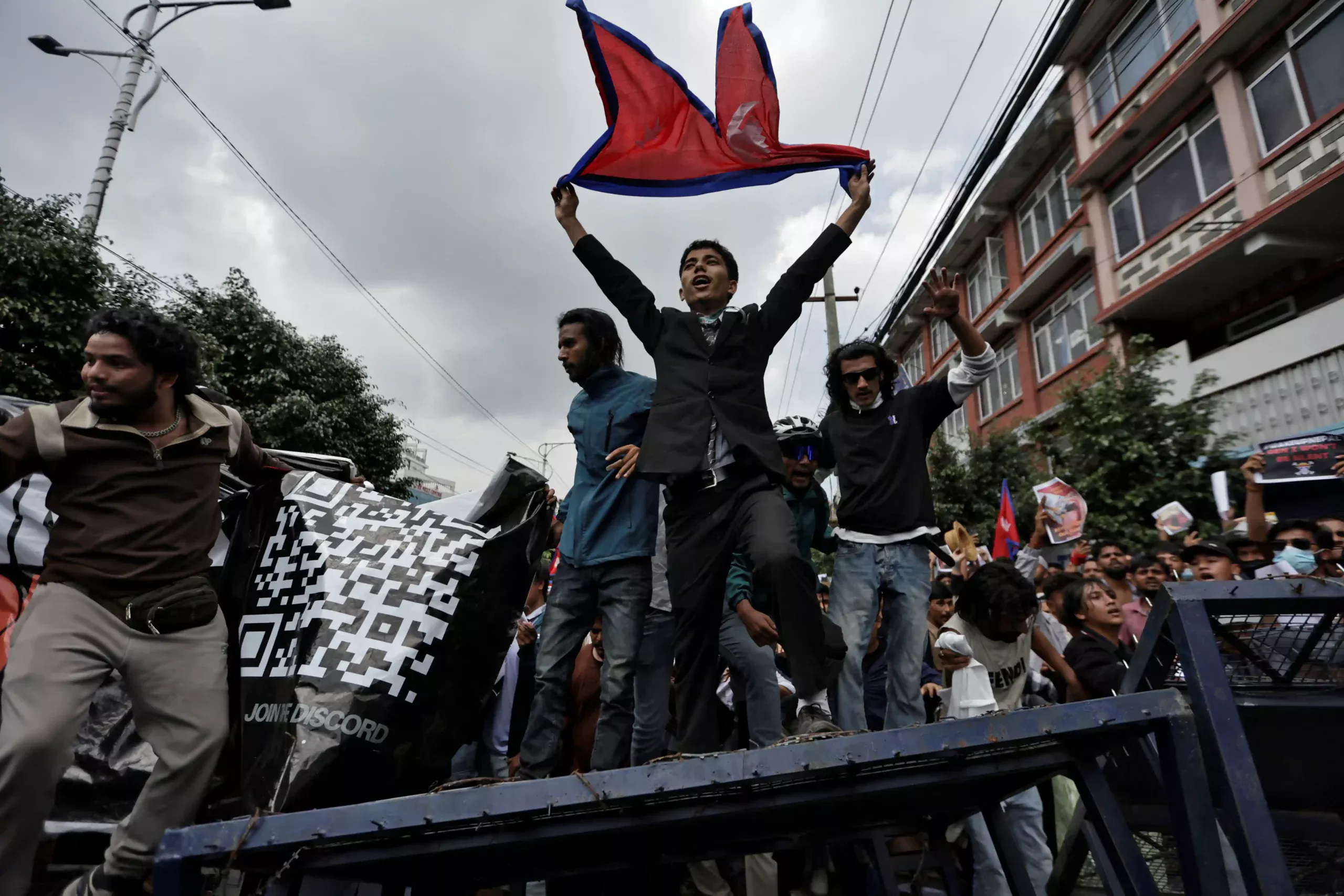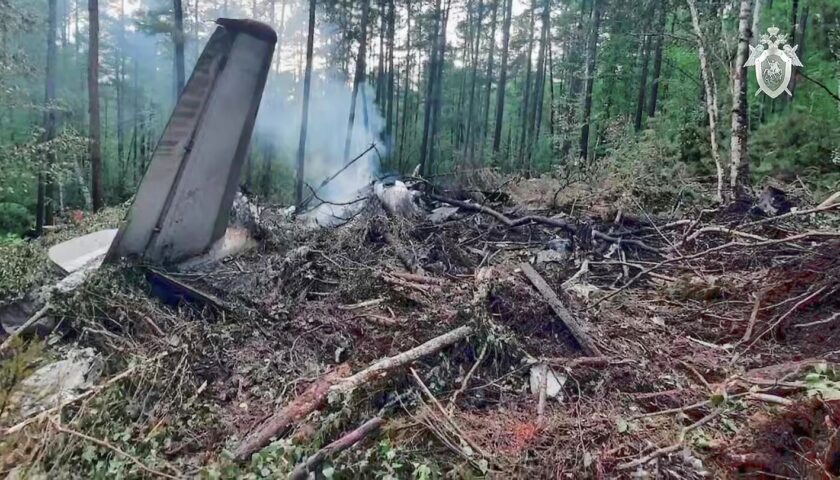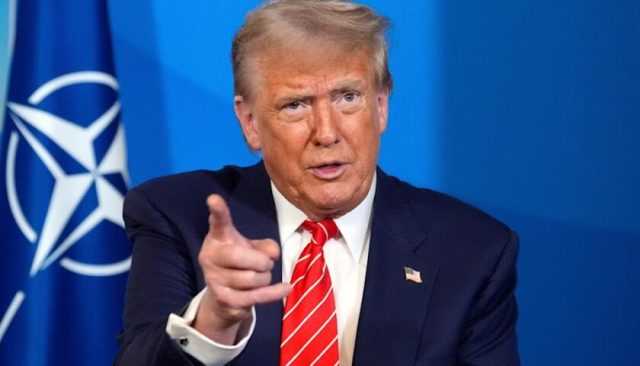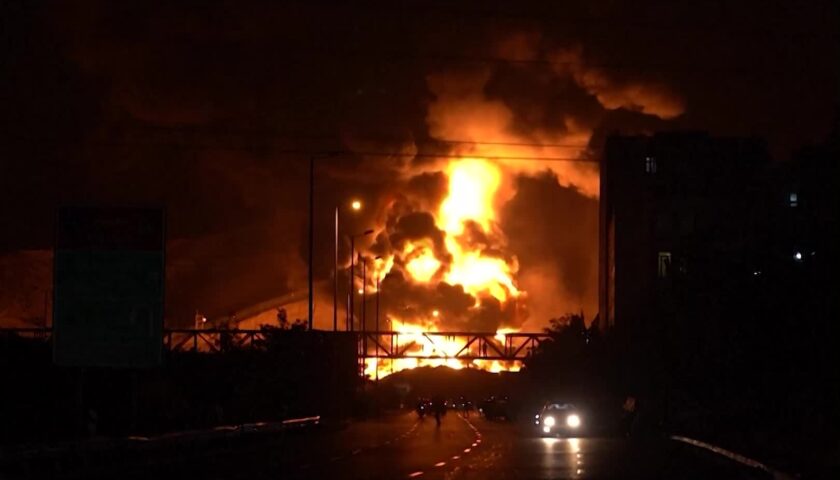Nepal Gen Z Protests 2025: 20 Killed, 347 Injured in Social Media Ban Uprising
By: Javid Amin | 08 September 2025
The Spark That Lit the Fire
On September 4, 2025, Nepal’s government under Prime Minister KP Sharma Oli imposed a blanket ban on 26 social media platforms, including Facebook, Instagram, WhatsApp, YouTube, and X (formerly Twitter). Officials claimed the ban was necessary to curb cybercrime, misinformation, and unregulated foreign influence.
But for Nepal’s youth—especially Gen Z, this ban felt like a direct assault on their freedom, voices, and futures.
The social media blackout wasn’t just a digital inconvenience—it was a political trigger in a country already reeling from corruption scandals, elite privilege, unemployment, and rising inequality.
The Underlying Anger: More Than Just Social Media
The protests cannot be reduced to hashtags alone. Nepal’s youth had been simmering with frustration for years. The ban simply became the final straw.
Key underlying causes included:
-
Corruption in public services and government contracts → Billions lost, while basic infrastructure lags.
-
Nepotism and elite privilege → Children of politicians flaunting luxury lifestyles on the very platforms banned.
-
Youth unemployment → Thousands of graduates forced into low-paying migrant jobs abroad.
-
Suppression of dissent → Growing fears that Oli’s government is sliding into authoritarianism.
Before the ban, hashtags like #NepoKids, #OurTaxesTheirLuxury, and #StopTheBan were trending. They mocked the lavish lifestyles of political families who benefitted from state contracts while ordinary citizens struggled.
From Hashtags to Streets: The Protests Erupt
On September 8, 2025, Kathmandu saw an unprecedented youth uprising. Tens of thousands of protesters—many students, first-time activists, and digital entrepreneurs—stormed the streets, chanting slogans for democracy and freedom.
Clashes & Casualties
-
Police fired tear gas, water cannons, and eventually live rounds into the crowds.
-
Protesters breached barricades, some even storming the gates of Nepal’s Parliament complex.
-
By nightfall: 20 killed, over 347 injured, including school students and young women.
The sheer scale and violence shocked Nepal and the world.
Curfews & Army Deployment
In response:
-
Curfews imposed in Kathmandu, Butwal, Bhairahawa, and Itahari.
-
The Nepal Army deployed to “restore order.”
-
Internet services throttled further, cutting off communication.
The images of bloodied school uniforms, unconscious teenagers, and tearful parents searching hospitals went viral internationally—ironically shared through VPNs and smuggled videos despite the ban.
The Casualty Crisis: 20 Dead, 347 Injured, Families Shattered
The numbers tell a grim story.
-
20 confirmed deaths → most under 25 years old.
-
347+ injured → many with bullet wounds and head trauma.
-
Dozens missing → families still searching hospitals and police stations.
Hospitals in Kathmandu reported running out of blood supplies and emergency beds. Doctors staged a brief protest, condemning police brutality.
Parents of slain youth became the new moral voice of the movement, accusing Oli’s government of murdering children for “daring to speak.”
Political Fallout: Resignations & Rising Pressure
The bloodshed immediately shook Nepal’s fragile political order.
-
Home Minister Ramesh Lekhak resigned, taking “moral responsibility” for the killings.
-
Opposition parties—including the Rastriya Swatantra Party (RSP)—demanded Oli’s resignation and fresh elections.
-
Parliament began debating the controversial Social Media Regulation Bill, which critics said was nothing but censorship in disguise.
But Oli, defiant as ever, claimed the protests were “foreign-inspired” and accused the opposition of “weaponizing youth for power.”
Economic Fallout: Tourism & Business Crippled
The protests and social media ban struck at the heart of Nepal’s economy:
-
Tourism: Cancelled hotel bookings, trekking expeditions suspended, international image damaged.
-
Small Businesses: Many rely on Instagram, Facebook, and YouTube for marketing. Sales dropped overnight.
-
Startups: Nepal’s fledgling IT sector—mostly youth-driven—felt abandoned by the government.
Analysts estimate losses of $500 million in the first two weeks.
A Generation’s Reckoning: Why Gen Z Won’t Back Down
This is not just another protest—it is a generational confrontation.
Gen Z in Nepal:
-
Grew up with the internet as their voice.
-
Have seen global youth movements (#ArabSpring, #FridaysForFuture, #EndSARS).
-
Refuse to accept nepotism and authoritarianism as “normal politics.”
Many youth leaders said:
“This is not about Facebook or TikTok—it’s about dignity, democracy, and our right to dream.”
Selective Justice: FIRs Against Protesters, Not Against Power
Civil rights lawyers point out a dangerous pattern:
-
FIRs registered against youth for “rioting and vandalism.”
-
No accountability for police who fired live rounds.
-
No investigation into whether the order to shoot came directly from the Home Ministry.
This imbalance only deepens distrust.
Editorial Takeaway: Casualties Must Be the Turning Point
The 20 deaths and 347 injuries are not just numbers. They are a moral line in Nepal’s history.
If Oli’s government continues repression:
-
Nepal risks radicalizing an entire generation.
-
International human rights bodies may intervene.
-
Economic instability will deepen.
If reforms are embraced:
-
Nepal can build a youth-inclusive democracy.
-
Social media regulation can be balanced with freedom.
-
A national healing process can begin.
The Road Ahead: Uncertain but Unstoppable
As of now, protests continue sporadically despite curfews. VPN usage has exploded. Families of victims have launched a “Justice for 20” campaign, demanding accountability.
Nepal stands at a crossroads:
-
One path leads to authoritarian control.
-
The other to a renewed democratic contract between state and citizens.
The voices of the dead now echo in Nepal’s streets. And Gen Z is determined that they will not be silenced.




